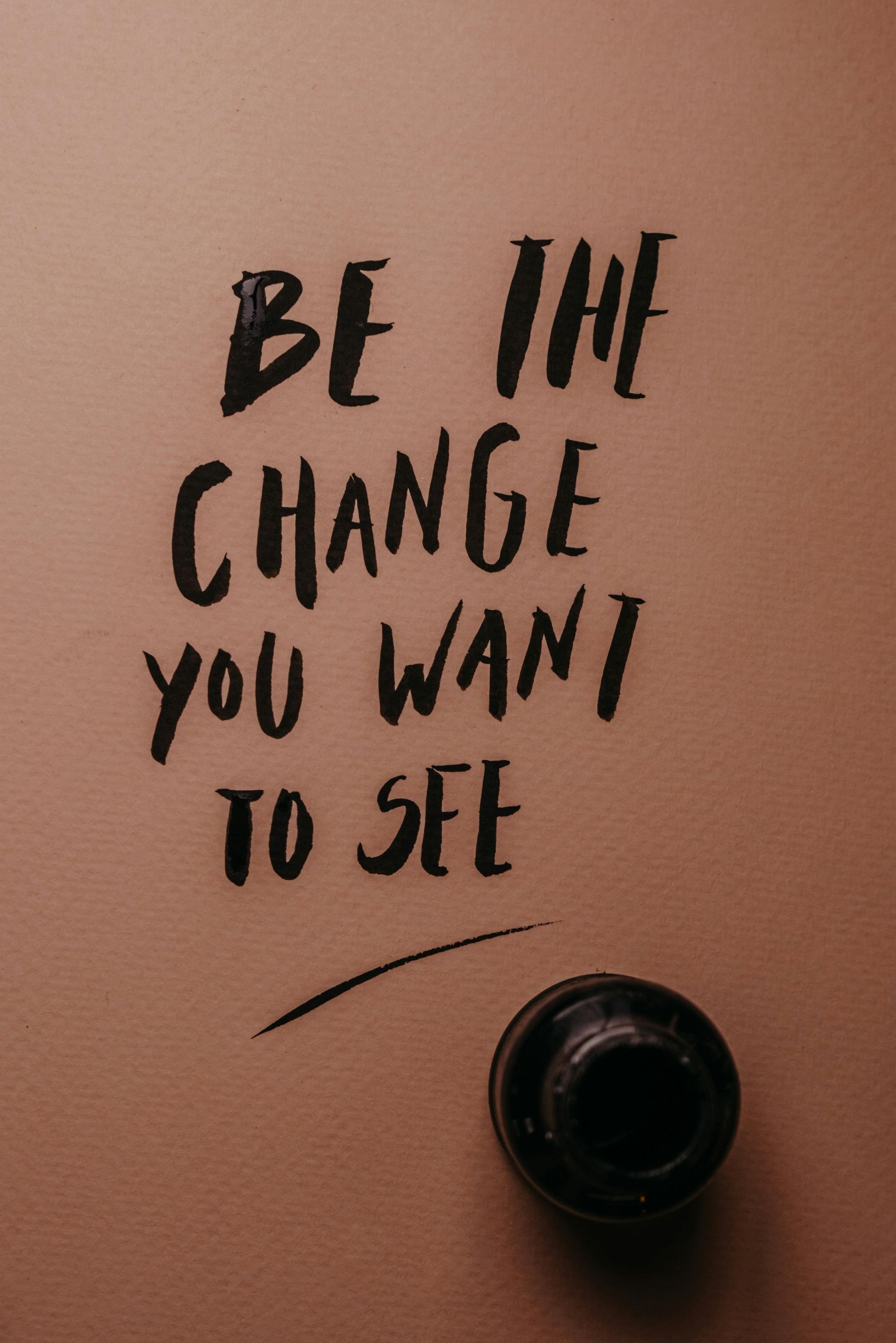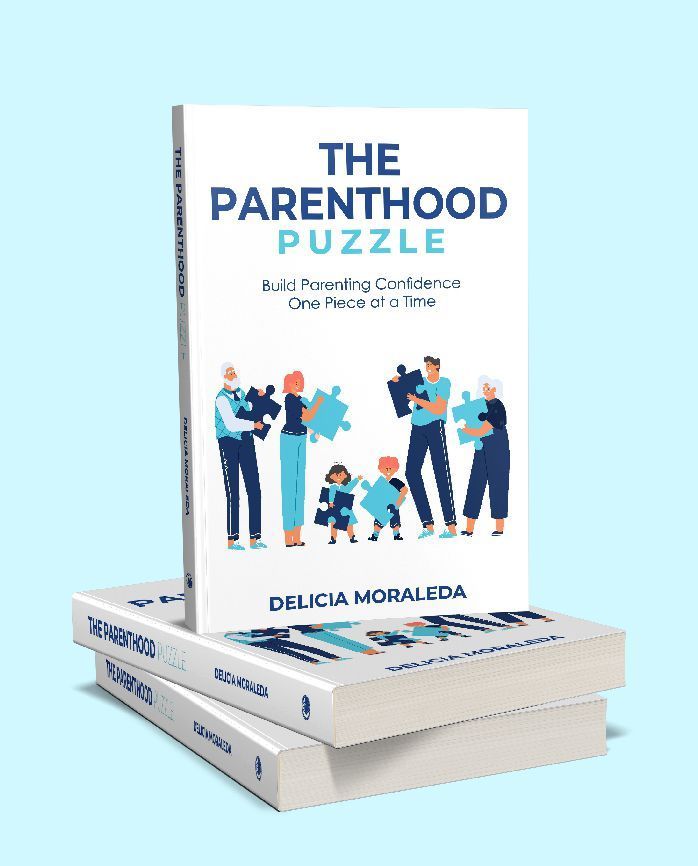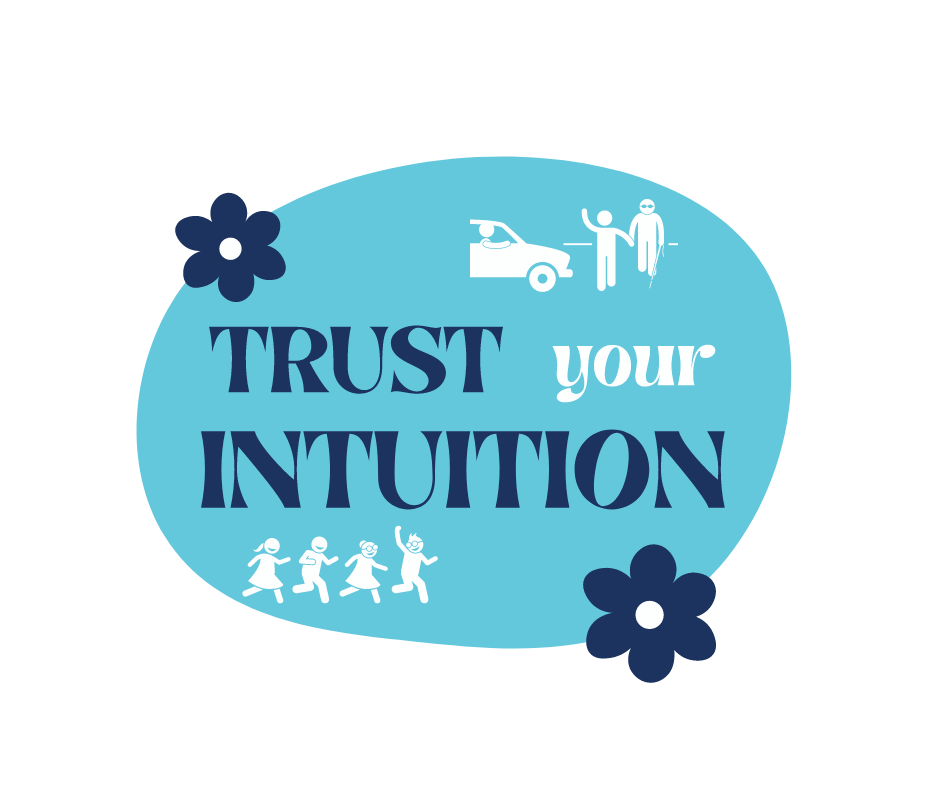Validate to Open the Gate - How to Step into Empathy
"What needs to be known will be shown."
My mentor said this to me in a coaching session once, and it has been a line I've anchored into whenever I'm in the role of teaching emotion coaching or space of being an emotion coach for a client or my children.
As parents, one of the most important skills we can develop is the ability to validate our children’s emotions. Validating emotions comes before acknowledging how our children feel and really opens the gate for allowing the feeling to be felt and understood. Starting with validation helps our children feel seen and supported, making it easier for them to process their feelings and find a way forward.
Why Validation Matters
Before we learn how to validate another's experience or feelings, it's important that we understand why we're doing it and what purpose it serves. Validation is a bridge towards empathy or brain building bridge that takes us out of our limbic brain (the fight/flight/freeze) to the logical brain(figure it out). This is so important to understand because without access to our logical brain, we are stuck in survival modes of defensiveness, helplessness or powerlessness. Validation is a way to show our children that their experience is real through our acknowledgement of it. When the emotional experience is seen as a legitimate experience being witnessed by another, the brain and body can step up from confusion into curiosity.
The NURSE Acronym: A Practical Guide to Validation
I recently watched a video that shared a powerful step by step framework for validation and I want to break that down for you here.
Knowing how to validate our children is easier with this NURSE acronym. I'll break it down and then give some practical examples of how you can apply it your day-to-day emotion coaching as a parent.
N - Name the Emotion
This is the basic and first step towards validating an emotion. See it and then Name it. This does require your presence and attention. Observe your child's non verbal and verbal language - their body language, facial expressions, sighs and grunts, words and statements. Have a guess at what you are seeing so your child has room to confirm or correct your guess. Your guess keeps the conversation open and collaborative, and your validation helps them understand and label their emotions, the first step towards managing them.
Examples:
- “It sounds like you’re feeling really frustrated with your homework right now.”
- “It seems that you’re feeling disappointed about not going to the park.”
- "It looks like you're confused about what to wear today."
- "I get the sense that you're worried about how your father is going to react."
U - Understand the Driver
Dig deeper into why your child might be feeling this way. Look for clues in their behaviour or situation to understand the root of their emotions.
Picking up on their cues and getting clear on the context helps you connect with your child’s experience and shows that you are genuinely trying to understand their feelings.
Examples:
- “I can imagine how tough it must have been when your friend didn’t come to your birthday party. You probably felt really let down because you were looking forward to it.”
- “It seems like you’re feeling overwhelmed because of all the activities you have this week. That sounds like a lot to manage.”
R - Respect, Praise, and Appreciation
Acknowledge and appreciate your child’s willingness to express their feelings. This positive reinforcement encourages them to continue sharing their emotions with you. Focus on the courage it takes to share vulnerable feelings. The more specific and personal you make your appreciation, the more your child will want to do what you are thanking them for.
Examples:
- “Thank you for telling me how you’re feeling. It’s really brave of you to talk about it.”
- “I’m proud of you for expressing your feelings. It shows you’re growing and learning how to manage your emotions.”
- "I appreciate you coming to me with this big secret, it's not easy to carry it all by yourself and I feel honoured to be the one you trust. I feel energised and confident that I can support you through this."
- “Thank you for being so open about how you’re feeling. Your willingness to discuss this is a huge step forward in working through it.”
- “I admire how you’re reflecting on your emotions and trying to understand them better. It’s inspiring to see your commitment.”
S - Supportive Statements
Offer encouragement and show that you’re there to support them. Reassurance helps your child feel less alone in their emotional experience.
Examples:
- “I hear you, and I know it’s hard right now. We’ll figure this out together.”
- “I believe in you. It’s okay to feel this way, and we can find a way to make things better.”
- “I hear you, and it’s completely understandable to feel this way. We’ll work through this together.”
- “You’re doing great by expressing how you feel. Let’s find a way to address this together.”
E - Explore
Once you’ve validated their feelings, you can now invite and encourage them to explore their emotions more deeply. This is where you can become an emotion coach for your child, supporting them to gain even more clarity and find solutions together.
Examples:
- “Can you tell me more about what upset you today?”
- “What do you think would help you feel better right now?”
- “Can you tell me more about what was going through your mind when that happened?”
- “What do you think contributed to your reaction? Let’s explore what might help you feel better.”
- "What was that like for you?"
- "How did it feel when everyone was staring at you?"
- "Tell more more"
- "Go on"
- "Can you say more?"
Validating our children's emotions
When we know how to see what is important in our relationships, we can better understand what is truly being shown to us. As my mentor said, "What needs to be known, will be shown." A profound insight that can be a guide to using the NURSE acronym in validating and empathising with our children. By using one, some or even all of these steps, you can start building the foundation of a supportive environment in which your children can feel seen, safe and soothed in their emotional experiences. This has a long term benefit of emotional intelligence and emotional resiliency. The effectiveness of empathy is in the ongoing effort and practice of these steps. Validation needs to happen regularly - children will give you many opportunities to practice - for the bridge to be built from limbic to logical. Our children need our support to develop this skill.
To Open the Gate, Validate.
I hope this blog helps you in the practice of validation and empathy. The video series that inspired this blog has been a game-changer for me, my family, clients and students. I would love to hear your thoughts, reflections and feedback about — whether you find it inspiring or helpful, and especially if you have tried it out and had an experience that made you feel confident to keep practicing.
So, let’s validate to open the gate and build bridges of understanding, one emotion at a time.











